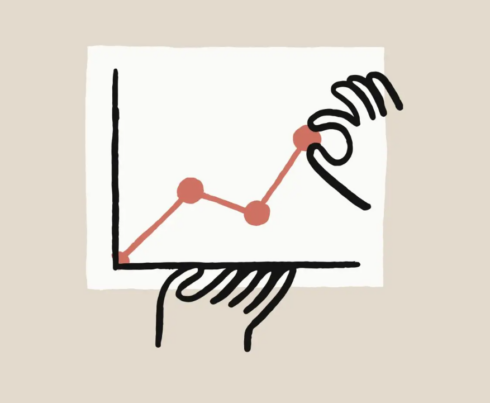

Anthropic has revealed the Anthropic Financial Index in an try to grasp how AI is impacting labor markets.
The report particulars how AI is definitely being utilized by employees as we speak, which duties it’s getting used for, and the way employee wage influences AI use.
Anthropic determined to group AI use by occupational duties quite than occupations, as a number of jobs usually share the identical duties, resembling visible sample recognition being utilized by designers, photographers, safety scanners, and radiologists.
“Sure duties lend themselves higher to being automated or augmented by a brand new expertise than others. We’d due to this fact count on AI to be adopted selectively for various duties throughout totally different occupations, and that analyzing duties—along with jobs as a complete—would give us a fuller image of how AI is being built-in into the financial system,” Anthropic wrote in a publish.
Pc and mathematical duties — which embody issues like software program modification, code debugging, and community troubleshooting — represented the most important adoption of AI, with 37.2% of Claude queries being on this class. Arts, design, sports activities, leisure, and media was the second largest class with 10.3% of queries, reflecting use instances like writing and modifying. The bottom class was farming, fishing, and forestry, with simply 0.1% of queries.
To return to those outcomes, Anthropic used Clio, which permits conversations inside Claude to be analyzed whereas preserving consumer privateness. Clio was used on a dataset of roughly a million conversations, and matched up with the U.S. Division of Labor’s Occupational Data Community (O*NET), a database of 20,000 particular work-related duties.
The outcomes additionally present that only a few jobs are utilizing AI for many of their related duties. Simply 4 p.c of jobs used AI for not less than 75% of duties, and 36% of jobs used AI for not less than 25% of duties.
“As we predicted, there wasn’t proof on this dataset of jobs being solely automated: as a substitute, AI was subtle throughout the numerous duties within the financial system, having stronger impacts for some teams of duties than others,” Anthropic wrote.
One other discovering of the report is that AI is extra generally getting used to enhance duties than it’s to fully automate them. Fifty-seven p.c of duties have been augmented with AI in comparison with 43% of duties being automated.
“That’s, in simply over half of instances, AI was not getting used to switch individuals doing duties, however as a substitute labored with them, partaking in duties like validation (e.g., double-checking the consumer’s work), studying (e.g., serving to the consumer purchase new data and expertise), and process iteration (e.g., serving to the consumer brainstorm or in any other case doing repeated, generative duties),” Anthropic wrote.
The researchers additionally used the median wage for every job within the O*NET database to check wage to AI use. They discovered that employees in low paying (ex. shampooers) and really excessive paying jobs (ex. OB/GYNs) use AI little or no, whereas employees within the mid-to-high wage vary (ex. laptop programmers or copywriters) used AI probably the most.
The dataset used for the Anthropic Financial Index report is open supply and accessible on Hugging Face in order that researchers can construct upon it.